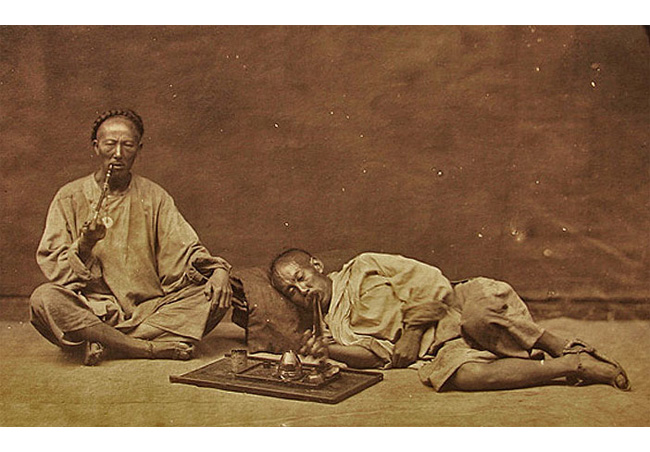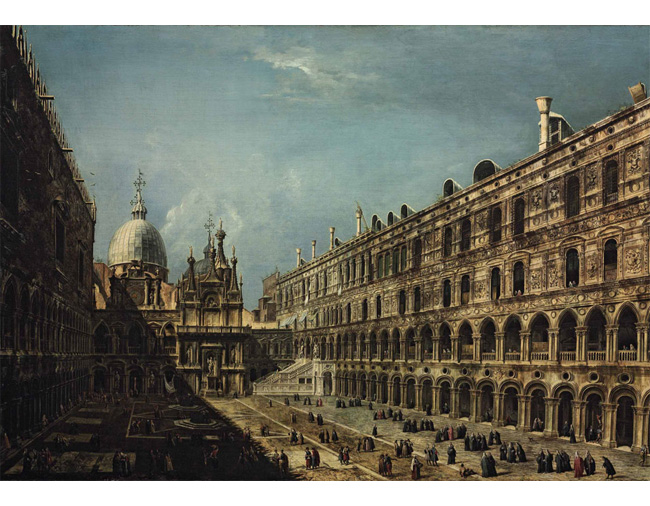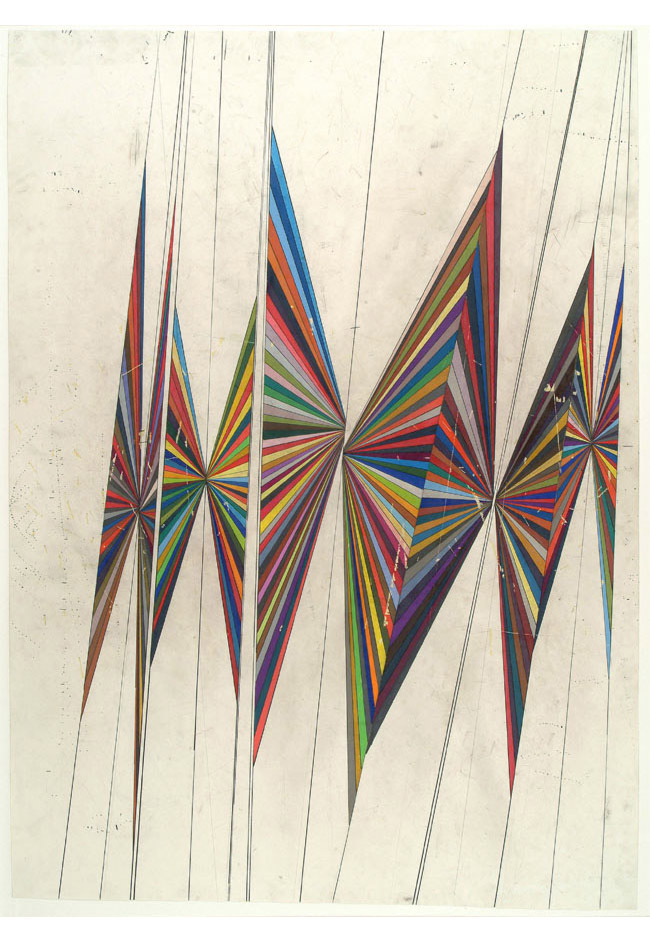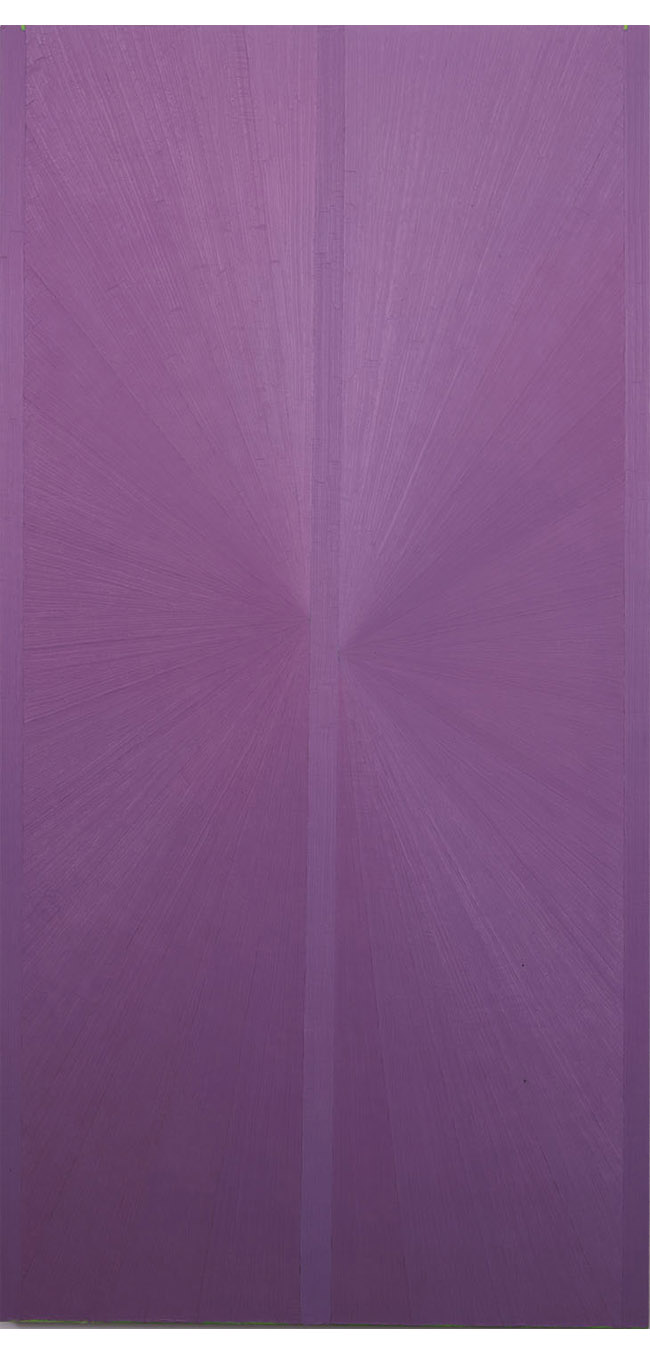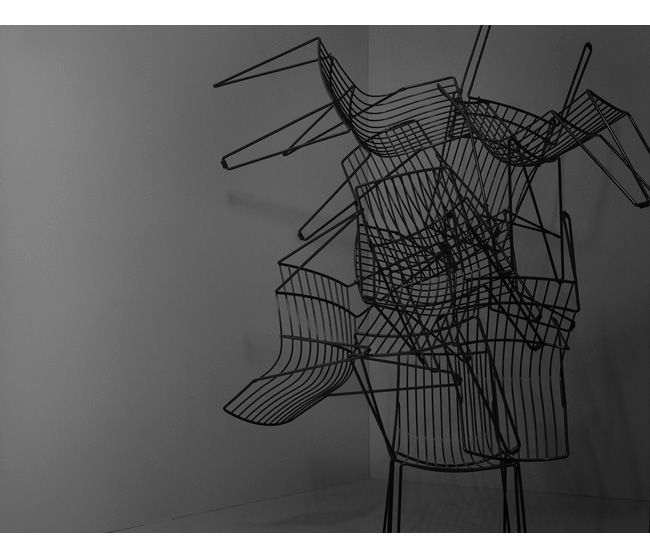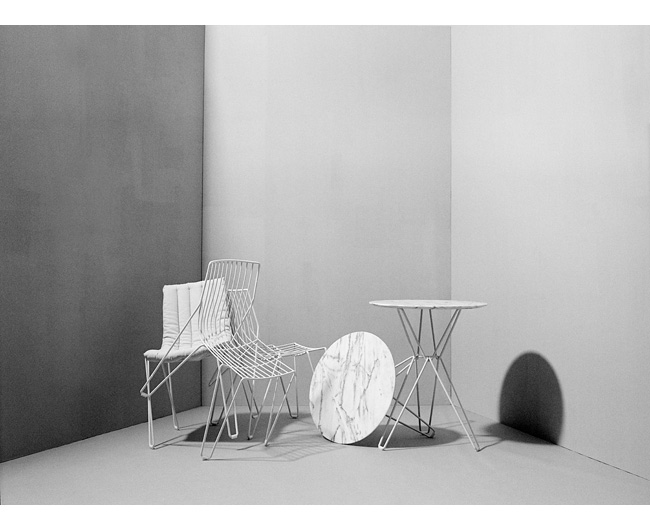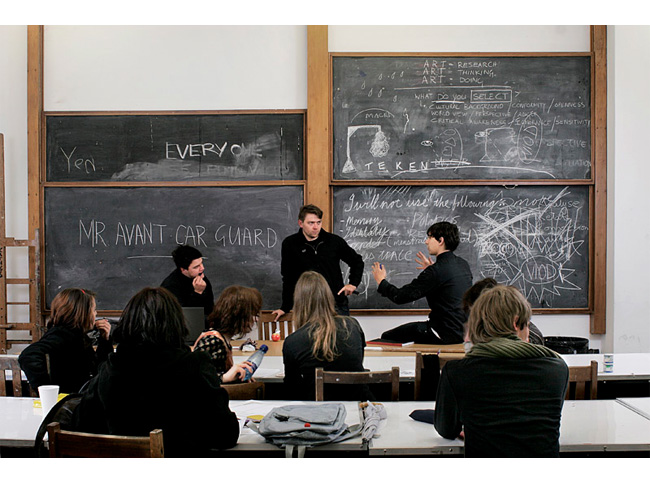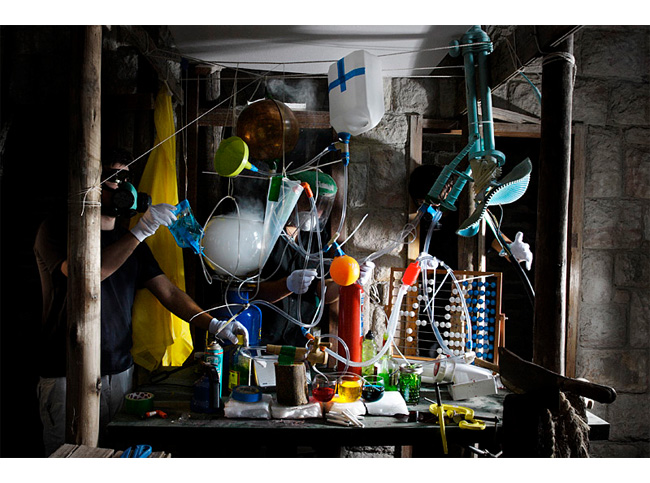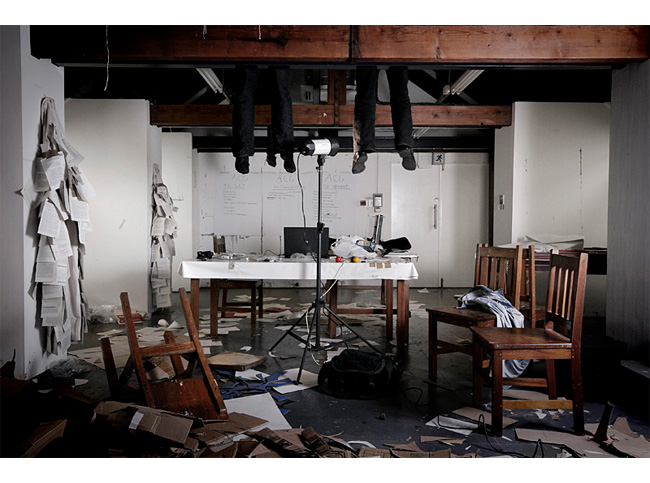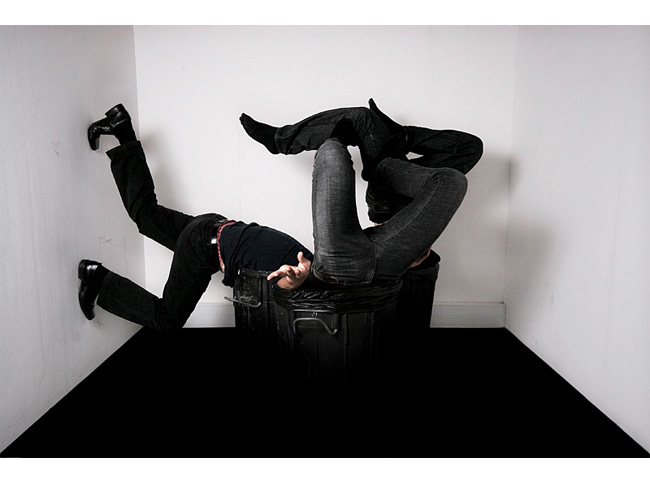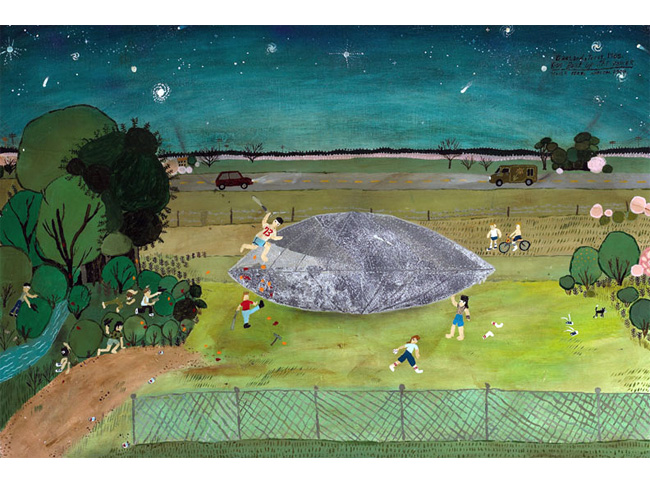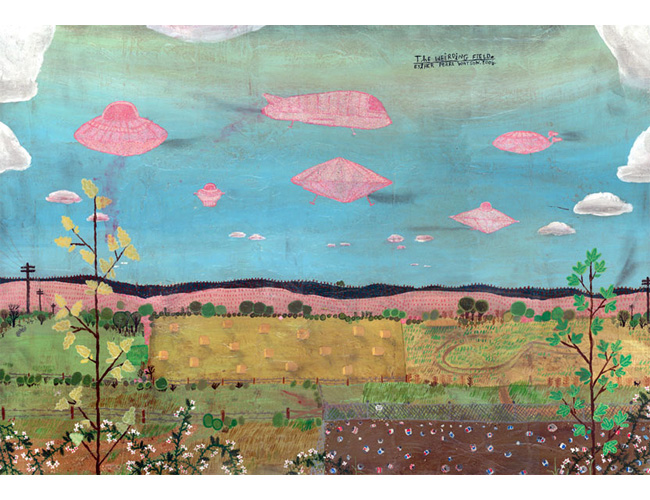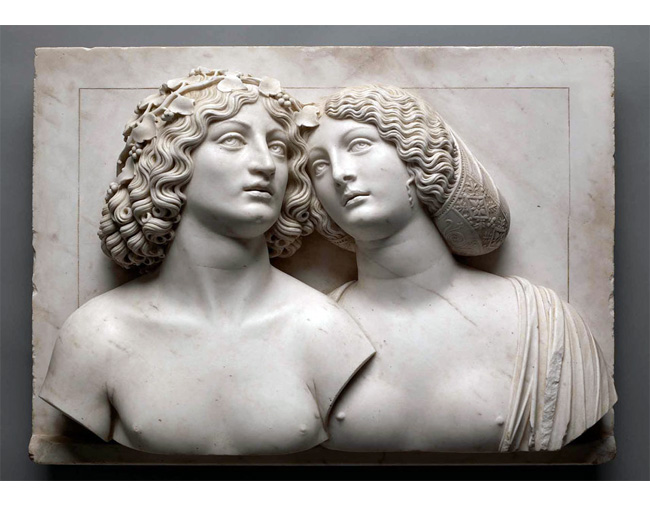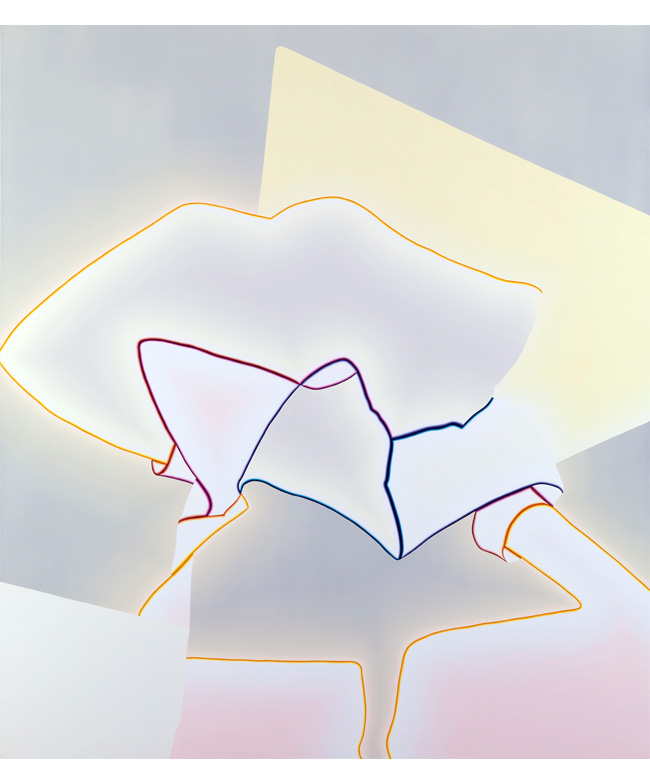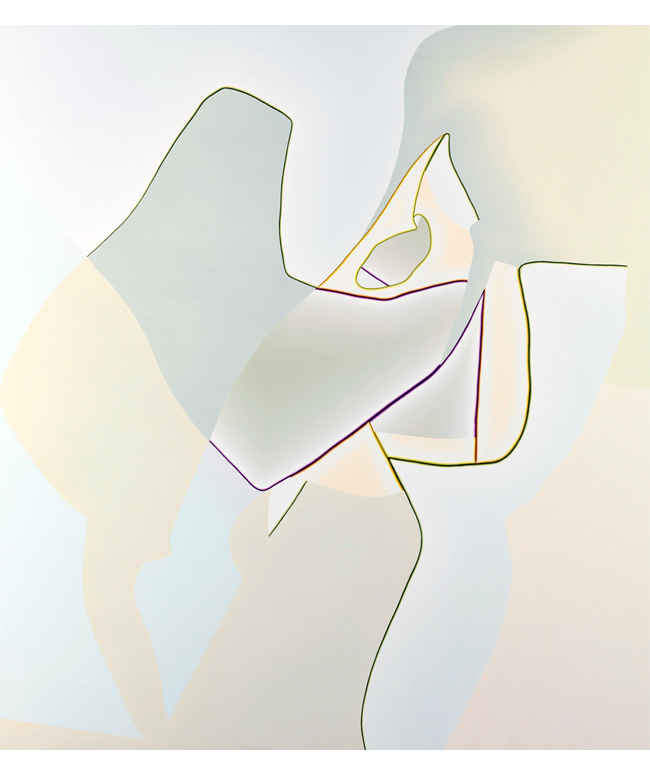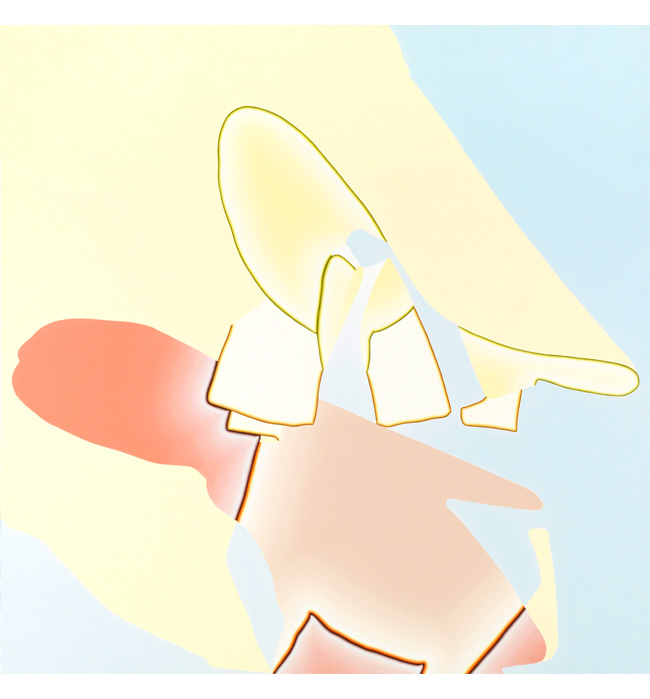I am not very well-traveled. Even though one of my to-do items is to travel to as many places around the world as possible, I am simply not able to do so at this point in my life. As such, I turn to photography. With the rise of Google Earth, Flickr and Photosynth has enabled me to ‘travel’ and ‘experience’ different cultures, environments and landscapes. The latter, in particular, really capture my interest. One of my revered landscape photographers is Olaf Otto Becker. His work is fantastic, as can be seen in this series on the landscapes of Iceland and Greenland:
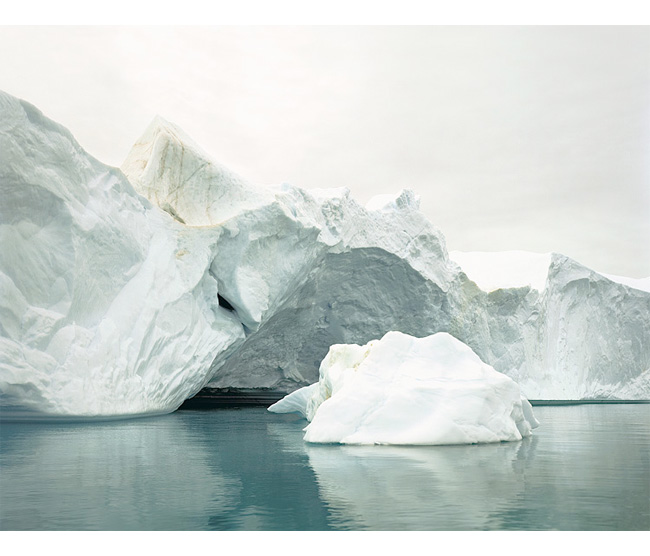
“After I took a lot of landscape photographs in Germany over a long period of time in an effort to understand my own surroundings, I was looking for a landscape where only few human beings lived. I was interested in a wild, unspoiled landscape. I was interested in a place where the landscape developed on its own. A place where the landscape was built and formed by water, wind, erosion, and only marginally by human beings using the wild land for their purposes. I wanted to explore landscape. I wanted to understand something about landscape.”
“When I arrived in Iceland for the first time, I was deeply impressed by the Nordic light. You can find similar light conditions in Germany as well, but only for a few minutes in the morning or in the evening. In Iceland, the light was mostly perfect the whole day, especially at night. The colors were largely subdued with subtle nuances, nearly black and white at first glance, but astonishingly colorful at second glance. These conditions enabled me to work with color like a painter. If I wanted to focus on green, grey white or blue, I was able to show it in thousands of nuances.”
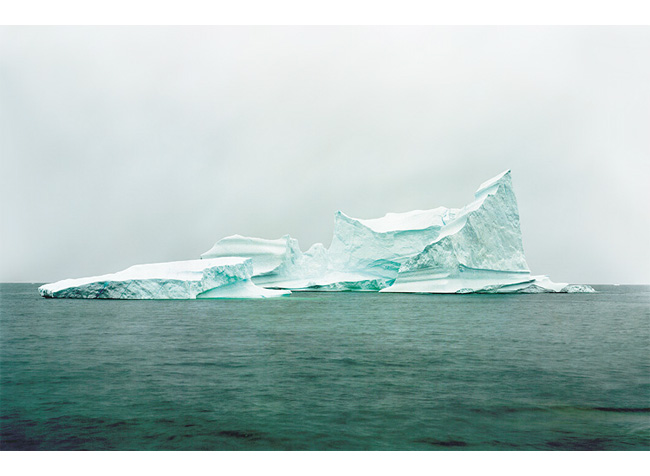
“I always ask myself what I essentially see, right there, right then. I try to understand what I see. I look for something that speaks by itself without captions. I try to let the landscape speak. I am not interested in things I have already seen. I try to look at something as though my eyes had opened for the first time and I try to understand what I see.”
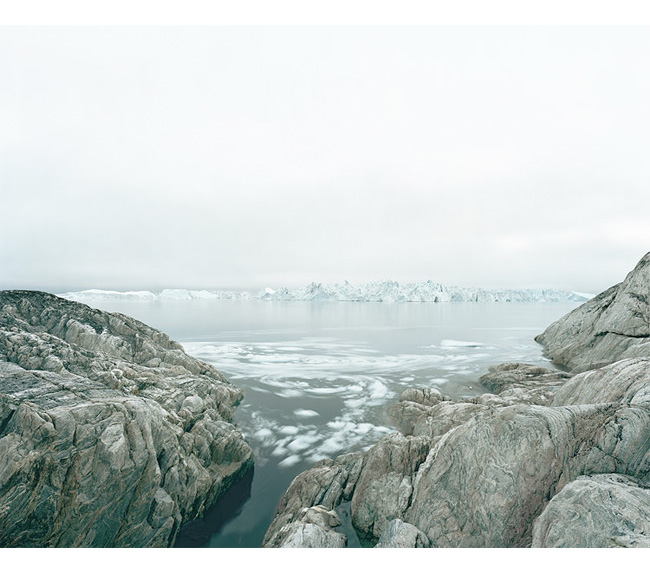
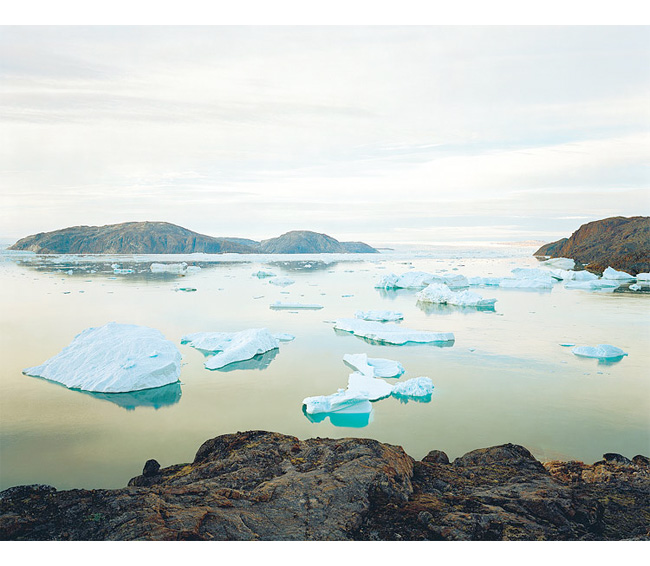
“When I was young, I painted for many years. I intended to study painting at an art school. When I was 19, I had what you might call a crisis with respect to my painting, and I decided to stop painting forever. Suddenly, I was sure that it would not make sense to study art with the intention of becoming an artist. I decided to study communication design. The wish to express what I am interested in remained, so I started to take photography seriously. Initially, I took landscape photographs of my immediate surroundings with the intent to explore and understand them. I never had the desire to earn money with my photographs. I used the camera as a tool to understand the world around me.”
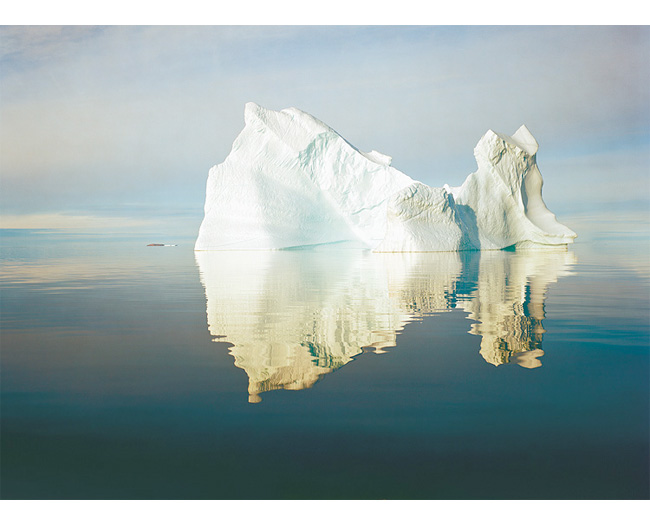
“The difference to painting was that a photograph has more to do with reality and I was interested in understanding my reality. I was often in doubt as to what reality meant. By means of taking photographs, I captured something that everybody could verify. In my series titled Broken Line I also recorded the GPS data of the location where I took the shot. Everybody is invited to have a look. Reality is sometimes astonishing, but what you see today will be changed tomorrow. So a photograph can help to understand the change.”
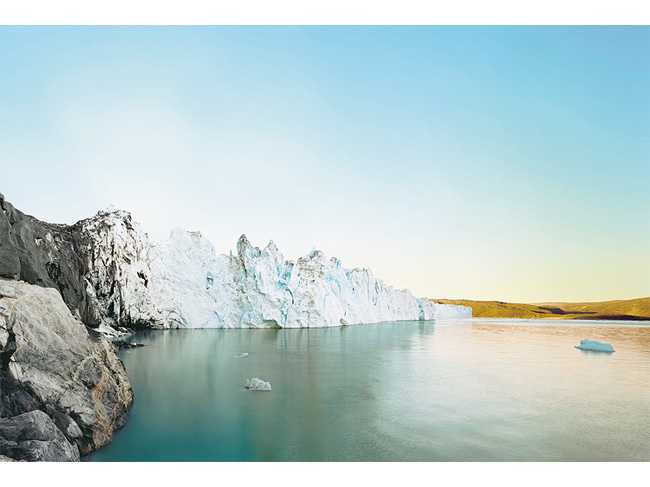
Text sourced from Jörg Colberg’s interview with Olaf.
